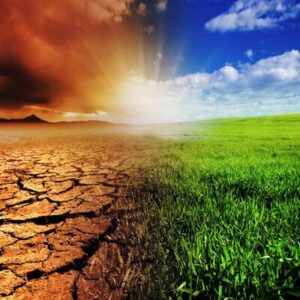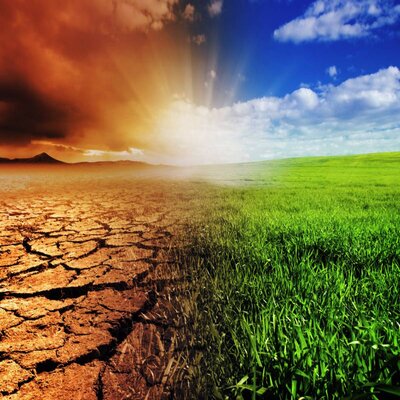 Introduction
Introduction
Bangladesh, a low-lying delta nation in South Asia, is at the forefront of the global climate crisis. Since contributing a small amount to global carbon emissions, it is one of the most vulnerable countries to the dangerous effects of global warming. From rising sea levels to increased natural disasters, global warming is not just an environmental issue in Bangladesh—it is a humanitarian, economic, and developmental crisis.
Global Warming Rises Sea Levels and Coastal Flooding
One of the most alarming consequences of global warming in Bangladesh is sea level rise. As polar ice caps melt and ocean temperatures increase, coastal regions like Khulna, Satkhira, and Barisal face frequent and severe flooding. According to the Intergovernmental Panel on Climate Change (IPCC), a 1-meter rise in sea level could submerge up to 17% of Bangladesh’s total land, displacing over 20 million people.
Intensified Cyclones and Storm Surges Casued by Global Warming
Global warming has intensified tropical cyclones in the Bay of Bengal. Warmer ocean waters provide more energy for storms, making them more frequent and destructive. Cyclones such as Sidr (2007), Aila (2009), and Amphan (2020) have caused massive loss of life, property, and biodiversity. These storms also lead to storm surges that inundate vast areas, salinize soil and water, and disrupt agriculture.
Salinity Intrusion and Agricultural Impact
Rising sea levels and frequent storm surges have led to salinity intrusion into freshwater systems and agricultural land. Coastal farmers can no longer grow traditional crops like rice due to salt-contaminated soil. This shift harms food security and livelihoods in rural Bangladesh. Additionally, fisheries and aquaculture, vital to the economy, are also affected by changing salinity and temperature levels.
Global Warming  Heatwaves and Public Health Risks
Heatwaves and Public Health Risks
Global warming has led to increasing average temperatures, resulting in more frequent and intense heatwaves. Urban areas like Dhaka and Chittagong are experiencing the heat island effect, exacerbating heat-related illnesses, especially among children and the elderly. Waterborne diseases, vector-borne diseases like dengue, and respiratory issues are also rising due to higher temperatures and erratic rainfall patterns.
River Erosion and Internal Migration
The Ganges, Brahmaputra, and Meghna river systems are increasingly affected by glacial melt and erratic rainfall, leading to devastating riverbank erosion. Thousands lose their homes and farmland each year, forcing them to migrate internally to overcrowded urban slums. These climate migrants often face poverty, lack of access to services, and limited employment opportunities.
Biodiversity Loss and Ecosystem Disruption
The Sundarbans, the largest mangrove forest in the world and a UNESCO World Heritage Site, is under severe threat from rising sea levels and salinity. This unique ecosystem, home to the endangered Bengal tiger, is rapidly shrinking. Global warming is disrupting biodiversity, altering fish migration patterns, and endangering flora and fauna that are critical to ecological balance.
Socioeconomic Consequences
The cumulative effects of global warming are exacerbating poverty, inequality, and gender disparity in Bangladesh. Women and children have limited mobility, access to resources, and health vulnerabilities. Economic losses from disasters cost Bangladesh up to 2% of its GDP every year, according to the World Bank.
Conclusion: The Urgent Need for Climate Action
Bangladesh’s experience with global warming is a stark warning to the world. Now that adaptation measures like building cyclone shelters, embankments, and early warning systems have helped, the scale of the crisis demands global cooperation and climate justice. Reducing carbon emissions, investing in renewable energy, and supporting vulnerable nations like Bangladesh are vital steps to mitigate the effects of global warming.